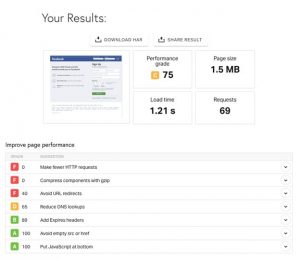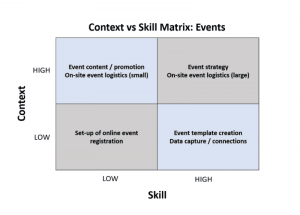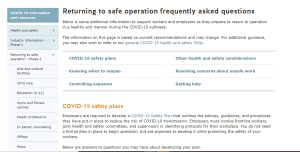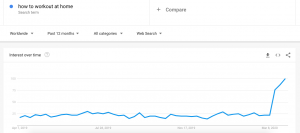Overcoming Challenges of 2021 With 5 Marketing Trends of 2022

It’s time to explore what opportunities current trends bring to the table when dealing with the challenges of 2021.
Despite all near-apocalyptic predictions, digital advertising wasn’t shattered by the lockdown. Neither could the beginning of the pandemic stop the growth trajectory of this niche (129.1 billion U.S. dollars spent in 2020) nor its further progression (in 2021, global brands spent at least $ 155 billion on programmatic buying).
The Resilience of Ad Tech Markets
Such resilience of ad tech markets would not seem surprising if you took a closer look at content consumption trends. For example, people flocked to their TVs, game consoles, and podcast listening during the pandemic, which only triggered active ad budgets’ allocation towards these channels.
Still, 2021 was very challenging because of the tightening of privacy concerns and new regulations that came into action. So how did we manage to adapt to all this, and what rising trends will help us do so in the future?
Privacy-friendly advertising as an answer to a digital ID crisis
Last year, Google announced Chrome cookie shut down and, in turn, Apple restricted IDFA. As a result, the industry was pushed to look for alternative ways of tracking, attributing, and the overall processing of ad delivery.
Trend #1 Contextual ads.
As digital IDs stood at the breaking point, brands brought contextual advertising back to life. As a result, around half of U.S. advertisers (49 %) are investing budgets in contextual targeting, because it helps diminish the use of third-party data.
Still, in 2022, contextual is not bound to keywords. The introduction of artificial intelligence and machine learning algorithms allows ad tech platforms to analyze entire texts and dynamically adjust ads to all users individually.
Trend #2 SkadNetwork and Unified ID.
Attribution and targeting in 2022 will shift more towards unidentifiable data while its mechanisms are being developed. For example, SkadNetwork, a privacy-centric API operated by Apple, will help advertisers to measure impressions, clicks, and app installation on an aggregated level.
Unified ID, an open-source, non-commercial initiative, promises to deliver cross-site targeting and attribution with almost the same efficiency as third-party cookies (while offering better control).
Trend #3 first-party data.
GDPR and CCPA make it mandatory to request user consent before data collection. Thus, now it’s more difficult for brands to receive such consent and to convince users to opt-in for personalized advertising. In such realms, third-party data becomes scarce, but the significance of first-party data grows.
Website behavioral data, CRM data, quizzes, questionnaires, loyalty programs, online forms, incentives, and more – all can serve as valuable first-party data sources on which brands can use to build their ad campaigns.
Embracing new channels and formats as a way to elevate ad performance
The lockdown affected entertainment, tourism, public dining, concerts, music festivals, trade fairs, and sports event niches. As a result, these advertising verticals also saw shrinkage (and outdoor advertising and DOOH). Meanwhile, computing, hobbies, games, streaming, and eCommerce niches only grew.
Trend #4 Advertising on CTV.
During the pandemic, people actively watched video content, and most of it was streamed via connected TV devices – Smart TV sets or game consoles. For example, in 2021, CTV ad spending reached $ 13.41 billion, and that was a 48% surge from 2020. By the end of 2022, experts predict CTV spending to hit $ 17 billion.
Meanwhile, this year, the share of CTV ad spending in programmatic will also be impressive – 8.8 billion. Statistics indicate that during the pandemic, CTV ad spending doubled. It testifies that advertising is still booming, and it is worth investing budgets into CTV ads.
Trend #5 Video and audio ad formats.
In 2022, video ad spending will hit the bar of $ 43 billion, which is a 31% surge from 2021. Along with this grows the popularity of podcasts and digital radio listening.
As a result, audio programmatic accounted for 16% of total ads served in audio content, and in 2022, this number is expected to be 21% higher. Unlike banners, audio ads don’t compete for user attention with the other commercial materials placed on the same web page.
Plus, they are invisible to ad blockers, which means that ad budgets are not wasted.
Wrapping it up
Advertising rapidly reshaped last year, and many transformations posed new challenges related to privacy, advertising attribution, and changing consumer habits.
The changes we are going through seem frightening; however, they form the trends that open new opportunities that we should explore in order to adapt and thrive in the future.
Image Credit: Alena Darmel; Pexels; Thank you
The post Overcoming Challenges of 2021 With 5 Marketing Trends of 2022 appeared first on ReadWrite.
(17)










